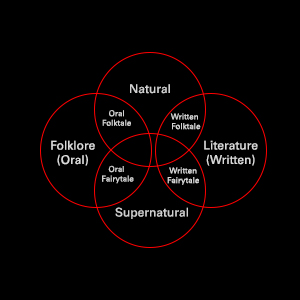Once Upon a Time...
Once upon a time, when writing was yet to be invented to pass information through generations, those who witnessed stories worth telling, started passing information verbally, which we recognize today as folktales. Even though this article is not about folktales, they play a fundamental role in paving the path to understand the fairy tale.
Through the application of non-realistic characters and events such as talking animals, constant seasons, and beings which surpass the laws of physics, intentionally or unintentionally the story teller achieve three effects;
- Reduction of boundaries
- Intensification of the message
- Production of a child-friendly story
Every folktale is not a fairytale,
but every fairytale is based on a folktale-
some story that actually happened
somewhere in the timeline
with lesser extravagance;
true lovers, step mothers and witches.

Reduction of Boundaries
Once the story is emancipated from social, religious, geographical, and horological limitations it becomes a universal application, a timeless tale which conveys an unbiased message.
The story of the red cap has more than fifty eight versions and adaptations.
Intensification of the message
It is a common practice among the fairy tale tellers across the globe to intensify the message using demons, gods, angels, and witches so the aroused fear factor of the listener forcibly inculcates the conveyed message of the story.
The realistic storyline of a fairy tale can easily be found when the demons, and witches, are replaced by wicked human desires.
Production of a child-friendly story
The folktales from which the fairy tales descend are traditionally meant to be told at adult gatherings after the children have been put to bed. However, during the process of its transformation, writers such as Brothers Grimm, Charles Perrault, and Hans Christian Anderson censor most of the disturbing information in order to produce collections of child-friendly bed time stories.
Every step mother in every fairy tale is an alter ego of the actual mother. It is too much of a harsh truth for a child to realize the sexual jealousy and unreasonable wickedness of a parent, so the writers are often forced to switch the role of the mother to a step mother.
Sex and Violence in Fairy Tales
In the 18th century French version of
‘Little Red Riding Hood’
the heroine unwittingly eats the flesh and drinks the blood of of her grand mother, is called a slut
by her grand mother’s cat,
and performs a slow striptease for the wolf…

An Italian version of the tale of
‘The Red Riding Hood’
has the wolf kill the mother, make a latch cord
of her tendons, a meat pie of her flesh,
and wine from her blood.
The heroine pulls the latch,
eats the pie,, and drinks the blood…
